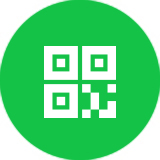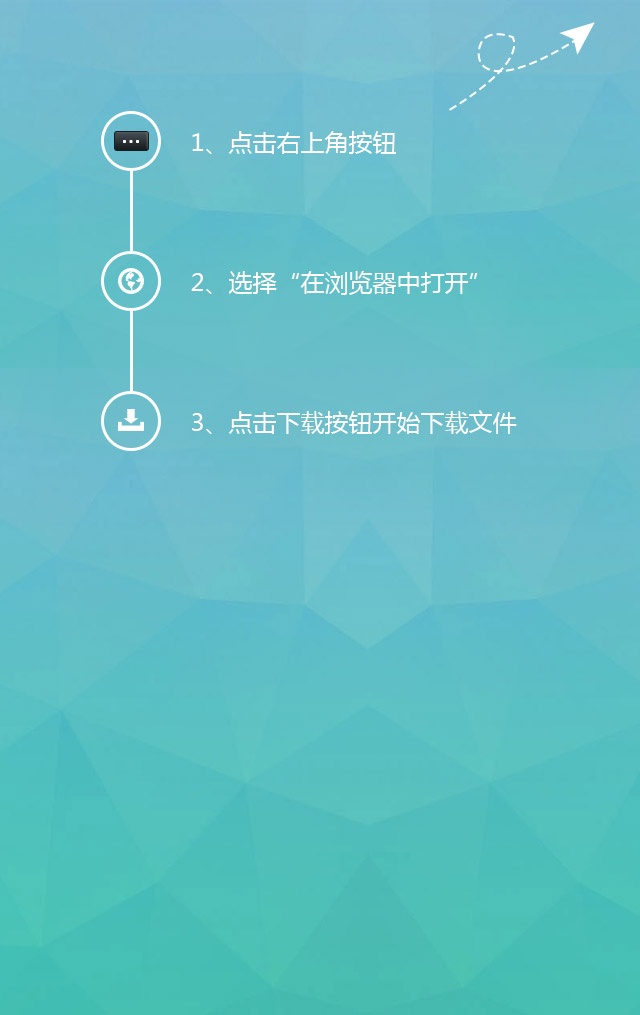European Union Radio and Telecommunications Terminal Equipment (R&TTE) Directive 1995/5/EC
In order to adapt to the new EU legislative framework (New Legislative Framework, NLF), on May 22, 2014, the EU official journal (L 153/62) published a new version of the Radio Equipment Directive 2014/53/EU to replace the original Radio and Telecommunication Terminal Equipment Directive 1995/5/EC.
execution time:
The new directive will be implemented on June 13, 2016. Each member state must complete the legislative process by June 12, 2016.
Radio equipment that has complied with the old directive before June 13, 2016 can still be sold on the market before June 13, 2017. That is, the transition period is 1 year.
Product Range:
The new directive covers all radio equipment operating at frequencies below 3000 GHz. Including short-distance communication equipment, broadband equipment and mobile communication equipment. For example: 27.145 MHz wireless remote control toy, 433.92 MHz wireless remote control, 2.4 GHz Bluetooth oven, 2.4 GHz/5 GHz WIFI air conditioner and mobile phone.
New directive requirements:
The new directive aims to ensure easier market access and higher levels of protection for consumer health and safety, as well as poultry and property. To prevent harmful interference, radio equipment should have a sufficient level of electromagnetic compatibility and be able to effectively use the radio spectrum and support the effective use of the radio spectrum.
RED applies to radio equipment that intentionally emits and/or receives radio waves for the purpose of radio communication and/or radio determination.
RED does not include telecommunications terminal equipment (TTE).
RED does not include professional custom evaluation kits for research and development only.
RED covers radio equipment used only for sound reception and TV broadcasting services (for example, FM radios and televisions). (The old R&TTE directive does not include this type of receiving equipment, which needs to comply with the requirements of the EMC directive.)
The new directive requires the use of uniform chargers for radio equipment.
Change the definition of radio equipment.
New definitions of "radio determination" and "authorized representative" are added.
The R&TTE directive has no certification requirements for radio equipment operating below 9 kHz. RED requires it to meet the basic requirements, that is, certification testing is required.
Information about the combination of radio equipment and software that meets the basic requirements of the directive should be reflected in the user manual.
From June 12, 2018, before radio equipment is put on the market, manufacturers should register equipment types in the central system for low-level radio equipment that meets the basic requirements.
The equipment class identifier (warning number) is not required for the labeling of Class II equipment. However, when the equipment is restricted for use or requires a license, the restricted member states or the geographical area information of the member states should be displayed on the equipment packaging.
RED does not require announcements on equipment that uses uncoordinated frequencies (Class 2 equipment).
Added operator responsibility requirements. (For example, conformity marks, labels, and product traceability.)
Radio equipment can be used in at least one EU country.
It is necessary to indicate the radio operating frequency band and maximum RF transmit power in the user manual.
The name, registered trade name or registered trademark and address of the manufacturer and importer must appear on the device, and may appear on the packaging or user manual when the size or nature of the device does not allow it.
The "EU Form Inspection Certificate" replaces the old "Notified Body Opinion".
Only after meeting the assessment of "Total Quality Assurance-Mode H" can the manufacturer add the identification number of the notified body after the CE mark.
It is necessary to provide a written statement for the application of the sole announcement body.
The height of the CE mark is allowed to be less than 5 mm, provided that it is still clearly visible.
The CE mark is not required to appear in the user manual.
Member states will take all appropriate measures to restrict or prohibit the sale of radio equipment that officially does not meet the requirements on the market or ensure that they are withdrawn or recalled from the market. Formal non-conformities include:
a) The labeling method of the CE mark does not meet the requirements of Chapter 30 of Regulation 765/2008 or Chapter 20 of the Directive;
b) There is no CE mark on the label;
c) The implementation of Appendix IV (Module H) conforms to the assessment procedure, but violates the method of labeling the notified body identification number in Chapter 20 of the directive or fails to label;
d) No EU declaration of conformity was drafted;
e) The EU declaration of conformity drafted is incorrect;
f) Technical documents are not available or incomplete;
g) The information in Article 6 or Article 7 of Chapter 10 or Article 3 of Chapter 12 is missing, forged or incomplete (this information includes product model, batch or serial number, manufacturer and importer's name, registered trade name or registered trademark And address information.)
h) The user manual does not provide the equipment usage, restricted information and compliance declaration information specified in Chapter 10, Articles 8, 9 and 10. (This information includes radio transmission frequency, transmission power, restricted country and DoC, etc.)
i) Failure to fulfill the requirements of Chapter 15 Operator Identification. (It should be explained (identified) to the supervision department which operator provides the equipment and which operator receives the equipment. The relevant technical documents should be kept for 10 years.)
j) Does not meet the requirements of Chapter 5. (That is, after June 12, 2018, the relevant radio equipment has not been registered.)
Allows the drafting of a simple EU declaration of conformity. Complete compliance information should be found on the website through the provided URL.
Pay special attention to:
The manufacturer is solely responsible for conformity assessment;
When the manufacturer does not use or partially uses the harmonized standard or does not have an applicable harmonized standard, the radio equipment shall meet the basic requirements of the directive through the following procedures:
a) EU formal inspection (need NB agency intervention, no factory audit required)
b) Total quality assurance (Need NB agency intervention, need factory audit)
推荐
-

-

QQ空间
-

新浪微博
-

人人网
-

豆瓣

